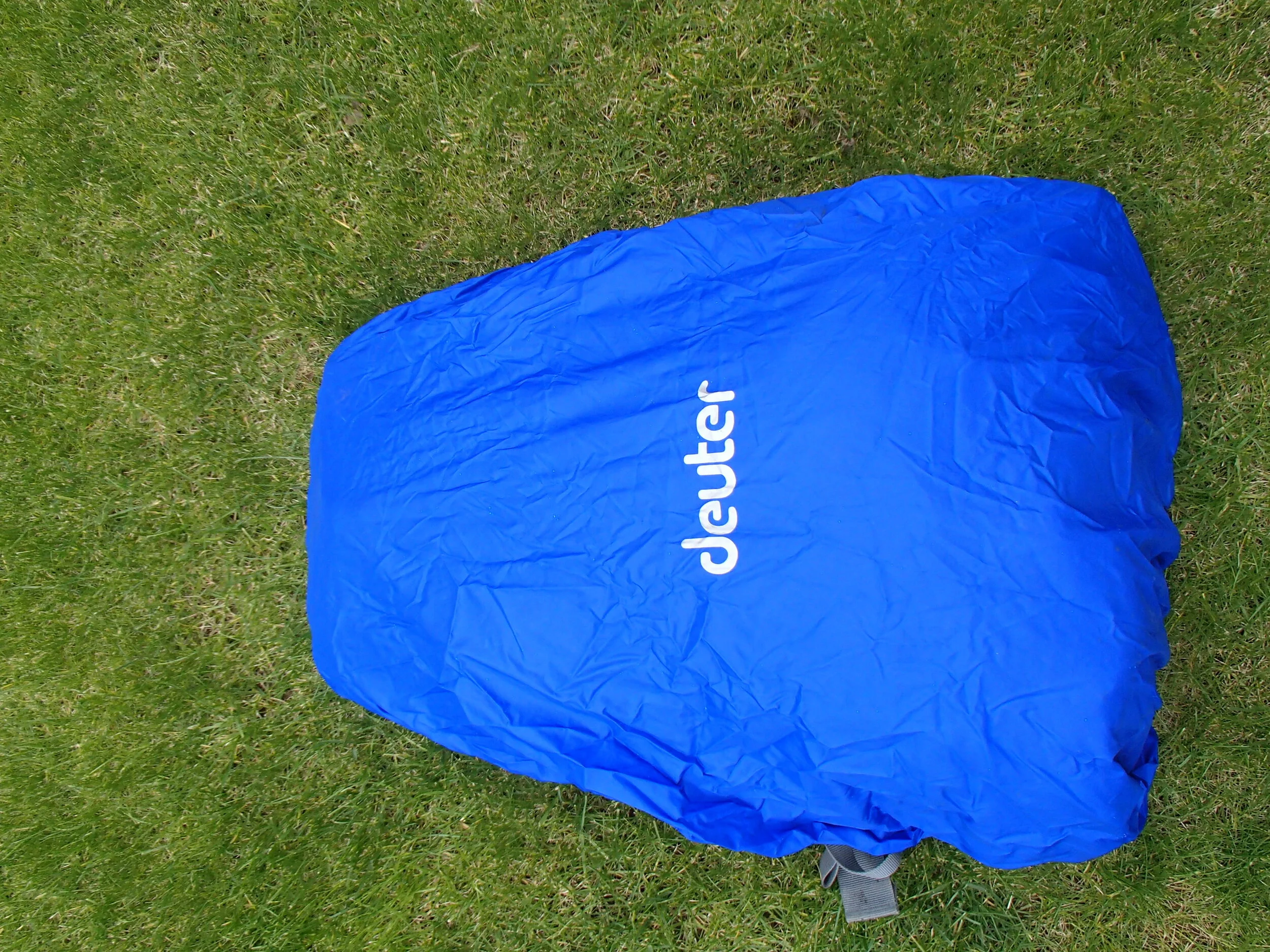How to Keep Your Backpack Dry on Walking Adventures
Whether you've been out for a stroll in light drizzle or a serious downpour, you'll quickly realise that your backpack isn’t waterproof. While the material may be water-resistant, eventually the rain will find a way in, either through the fabric, zips, or when you set your bag down on damp ground. Coating a whole bag in Gore-Tex or similar would be expensive, so instead, there are a few practical methods to keep your gear dry during your walks.
Using a Rain Cover
One of the simplest ways to waterproof a bag is by using a rain cover. These are usually made of water-resistant material and are pulled over the outside of the bag. Many backpacks even come with one built-in, stashed away in a pocket when not needed. Rain covers are easy to use and fairly cheap, but they aren’t perfect.
Rain covers eventually let water in and, if the weather is particularly rough, they can catch the wind and flap around, often falling off or making walking harder. While they’re useful, it’s important to be aware of their limitations.
Dry-Bags: An Internal Solution
Another popular method for keeping kit dry is using dry-bags, which come in various sizes. These go inside your backpack, providing an additional layer of waterproofing for your belongings. You can use different dry-bags to organise your kit, which makes it easier to find what you need on the go. For instance, keeping your hat, gloves, and other small items in one dry-bag near the top of your backpack can be really handy when walking.
Dry-bags are particularly effective for separating your gear, and the variety of sizes means you can protect everything from your phone to a change of clothes.
What About Waterproof Backpacks?
Waterproof backpacks do exist, but they are primarily designed for activities like kayaking. They tend to be heavier than the average walking backpack and may not provide the same comfort for long days on the trail. While they’re not ideal for walking, a combination of a water-resistant backpack with dry-bags can work well for most walking adventures.
Extra Protection for Electronics
For items like phones and GPS devices, which you want to keep extra safe, consider using an Aquapac case. These cases offer additional protection from rain and can keep your electronics dry, even in terrible weather.
Combining Methods
For the best protection, it’s often worth combining methods. For example, you can pack your belongings in dry-bags and still use a rain cover to protect the outside of your bag. This extra layer of protection can give you peace of mind during those longer walking weekends, ensuring that all your gear stays dry.
Remember, your backpack itself isn’t waterproof, so taking these extra steps can help you keep everything dry and ready to go during your next Large Outdoors walking weekend. Whether you’re joining one of our social weekends away or tackling a new challenge on one of our guided walking events, keeping your gear dry means you can focus on enjoying the adventure.
📅 Explore our upcoming walking weekends and trips here: https://www.largeoutdoors.com/walking-weekends



